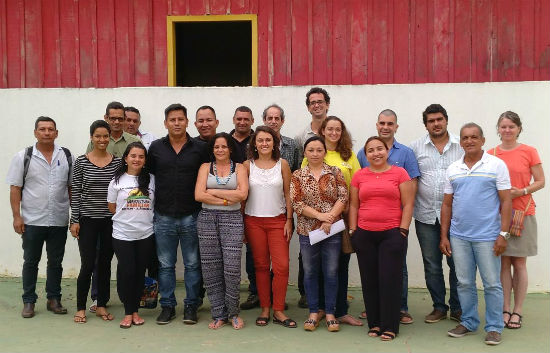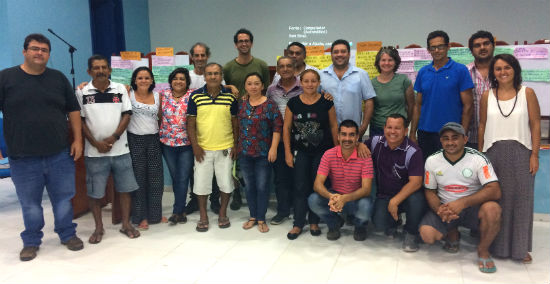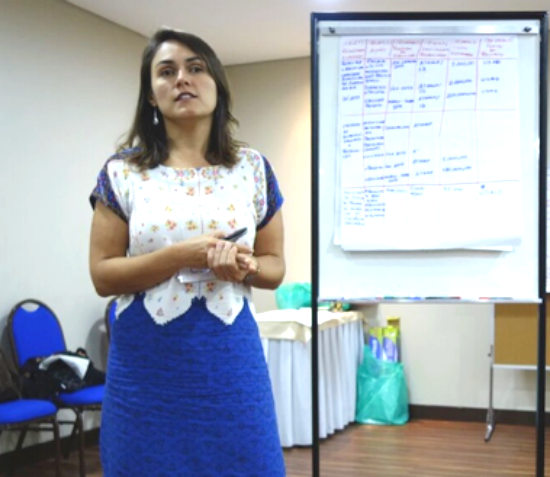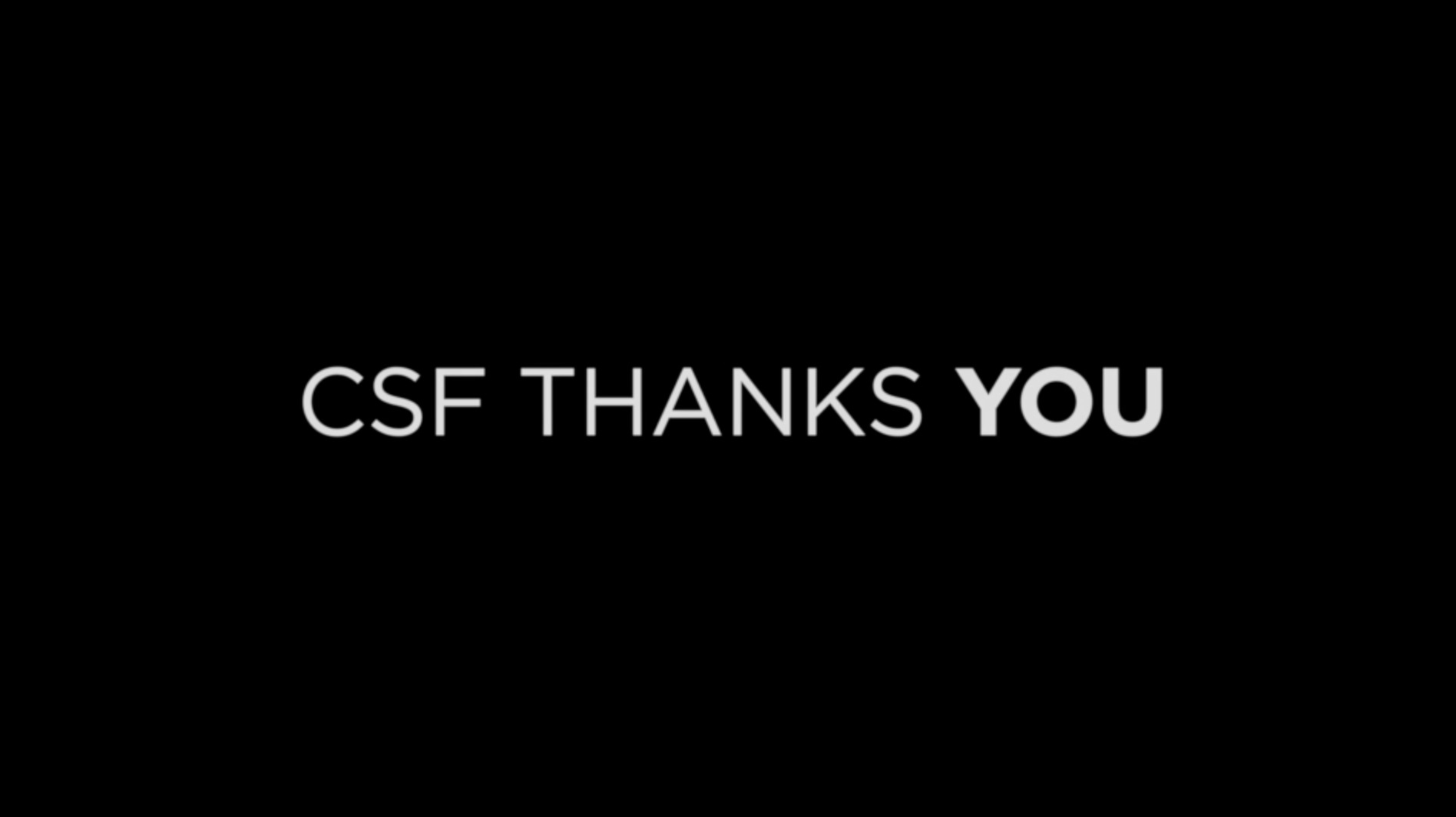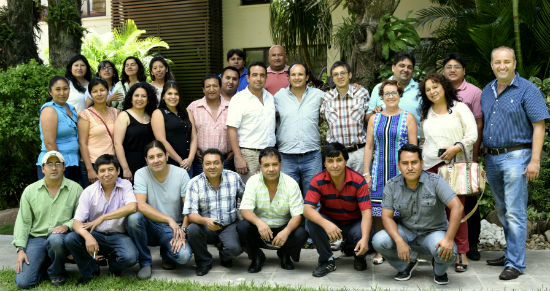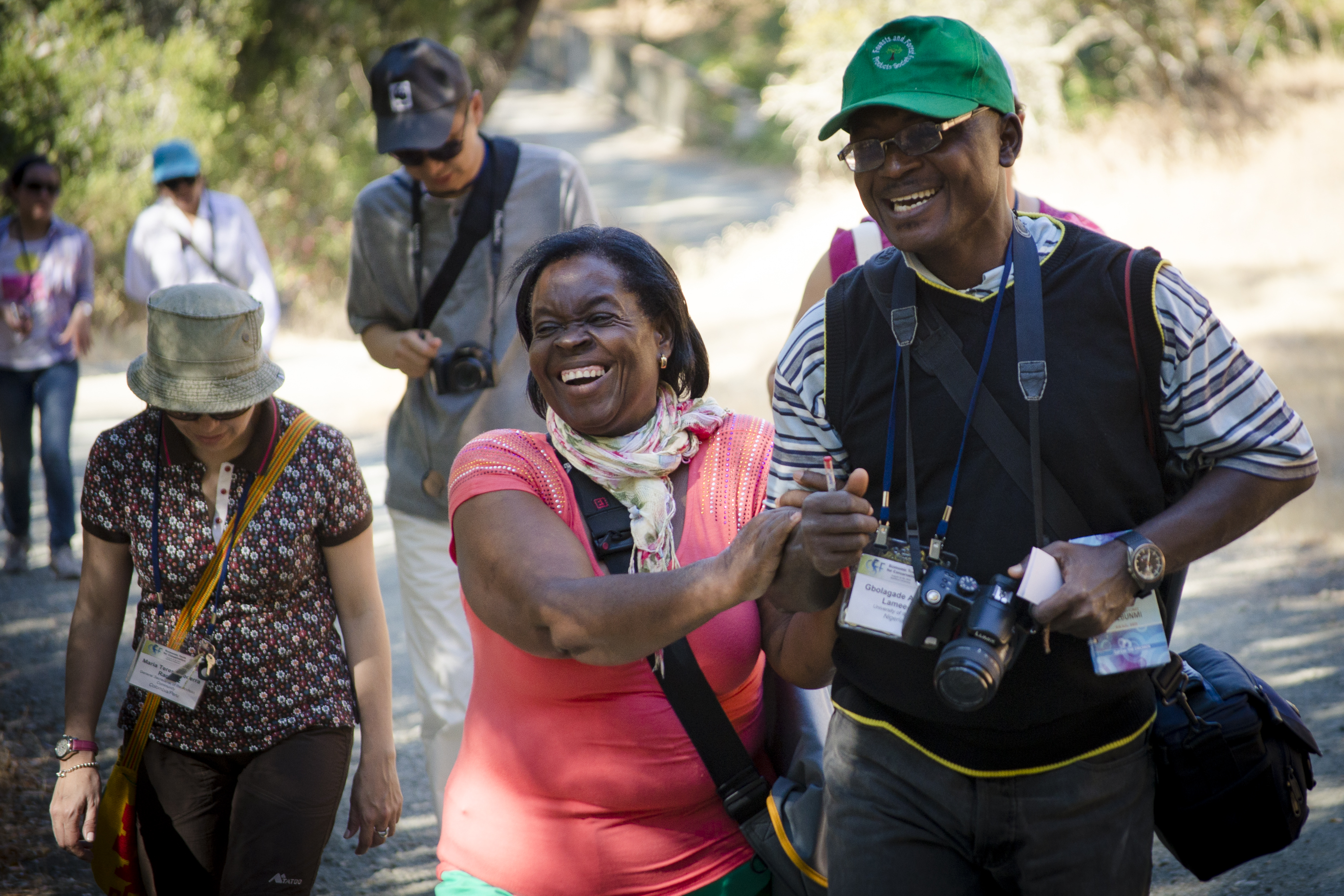News
Workshop participants doing group work.
Conservação Estratégica (CSF-Brasil) led a workshop on sustainable business plans for products from the Amazon. The aim was to create an open-space for dialogue on possible ways to support the development of sustainable businesses and the strengthening of their value chains in the Brazilian Amazon.
In August 2017, CSF-Brazil presented our results from the economic feasibility study for the implementation of the Agro-extractivist Cooperatives and Associations Network of the State of Amazonas (RECABAAM) in Beruri, Amazonas.
More than twenty stakeholders attended the presentation, representing the community-based factories processing the Brazil nut, civil society institutions and state government, including the Institute of Agricultural and Sustainable Forestry Development of the State of Amazonas (IDAM) and the State Secretary of Rural Production (SEPROR).
Foto: Ana Gabriela Gómez Arancibia,Mesa de trabajo en el curso Incentivos Económicos para la Conservación de la Naturaleza. Santa Cruz de la Sierra - Bolivia.
Participants and organizers of the RECABAAM modeling workshop.
CSF's Fernanda Alvarenga doing a presentation during one of the value chains workshops.
Every day, support from donors like you makes our work possible. Are you willing to make a special year-end donation to help us protect ecosystems around the world?Please, click here to make your donation now.
Amazonas native. © Fernanda Preto
Photo credit: Fernanda Preto
There’s no Wikipedia page so you can be forgiven for suspecting that I’m making it up. But Conservation Economics is actually being practiced by a bunch of serious people engaged in one of the most profound challenges of our time - averting massive losses in the diversity of Earth's life forms. So if it doesn’t exist, it’s time we brought it into being. Here goes:
CSF was recently awarded $100,000 to expand our trainings, analyses, collaborative field work in Africa, thanks to the generosity of the Handsel Foundation.

